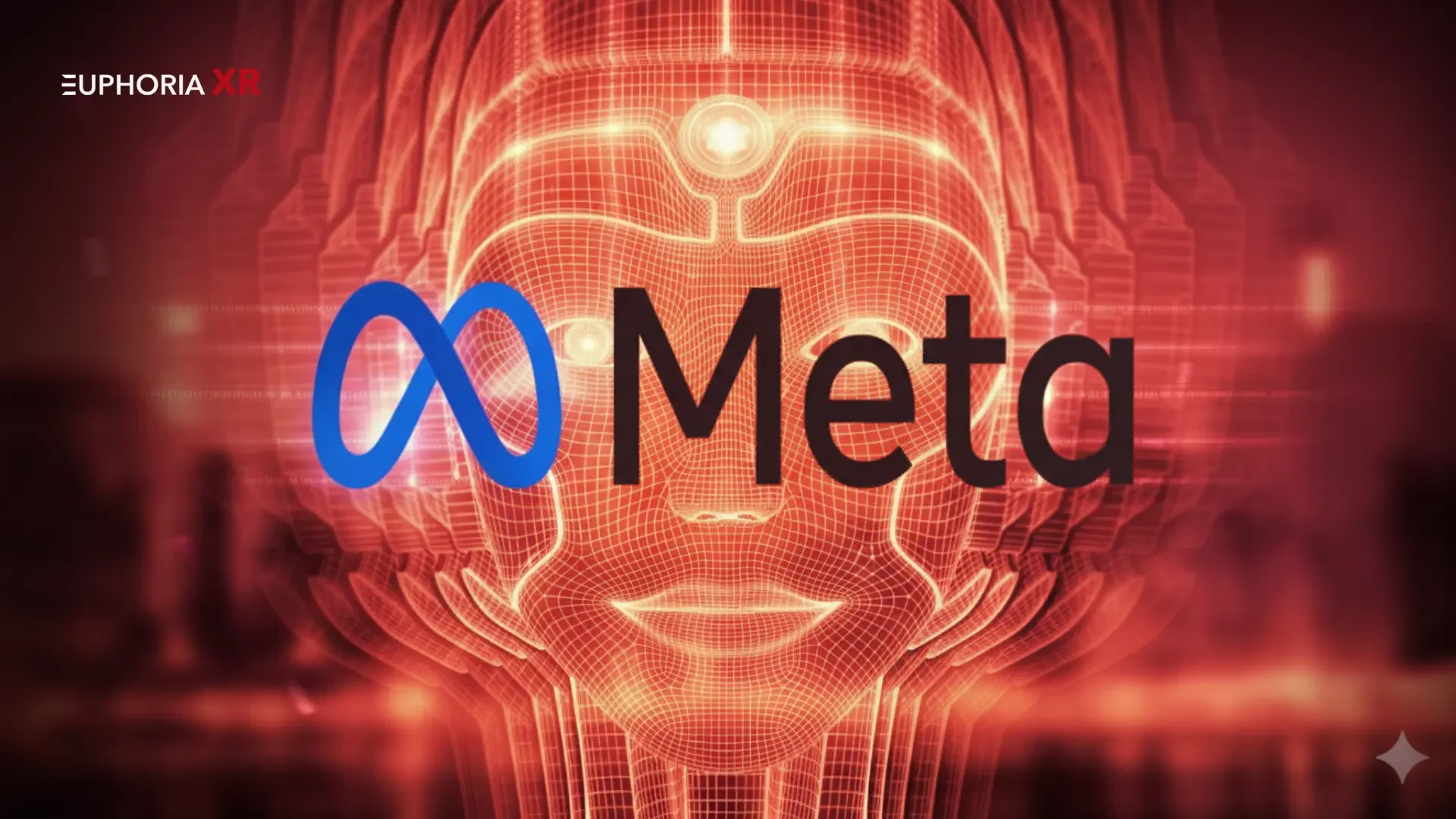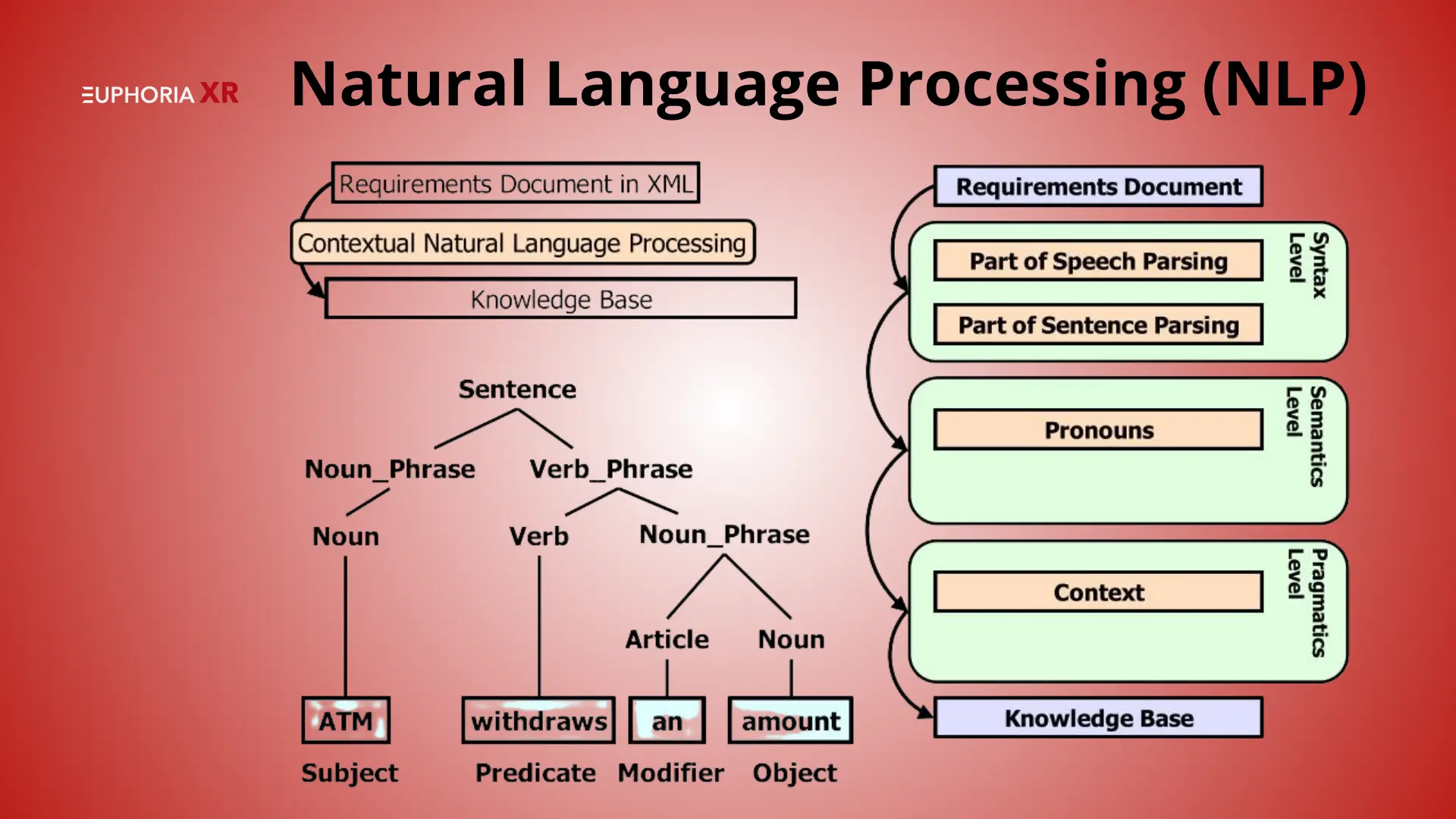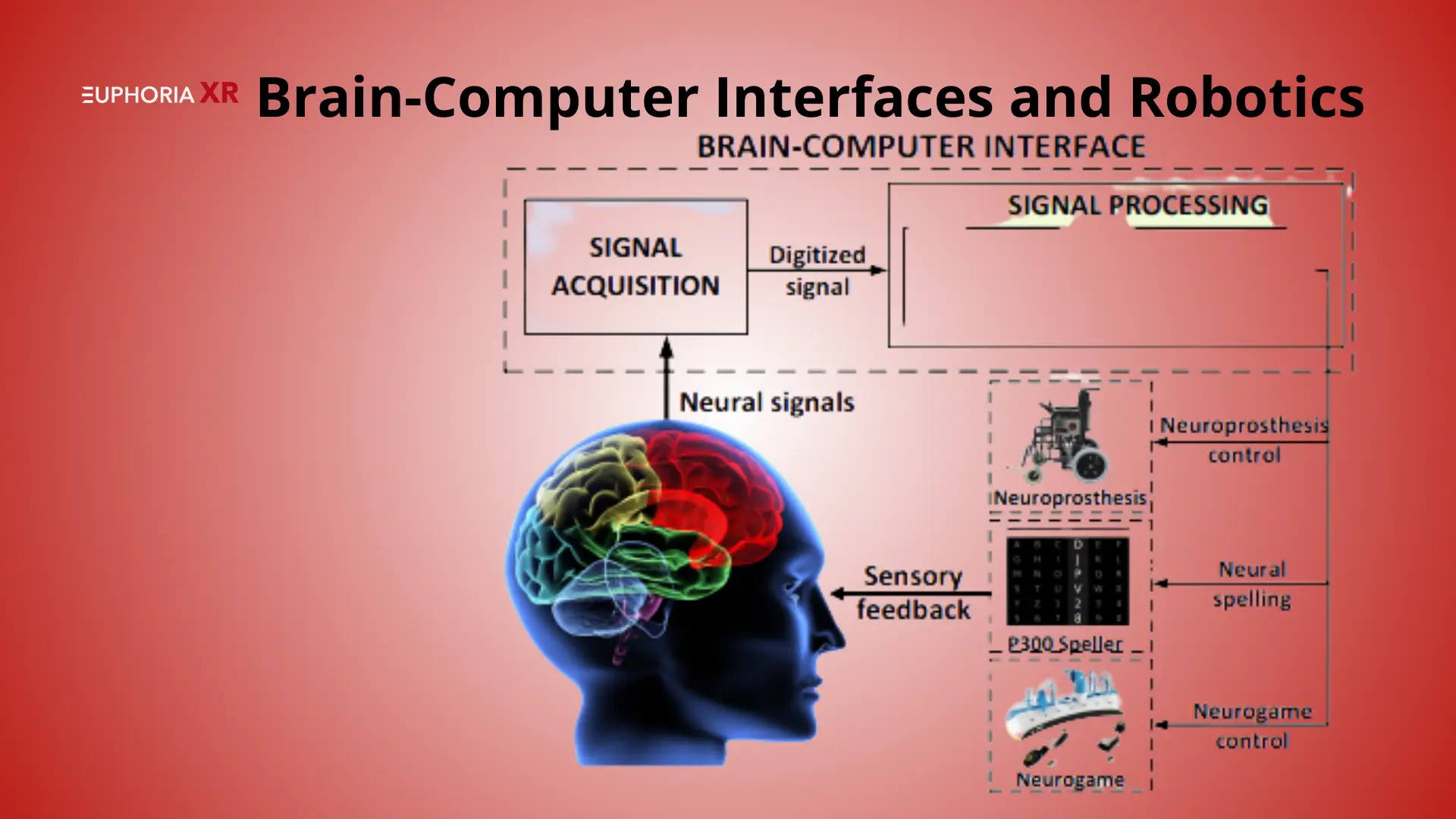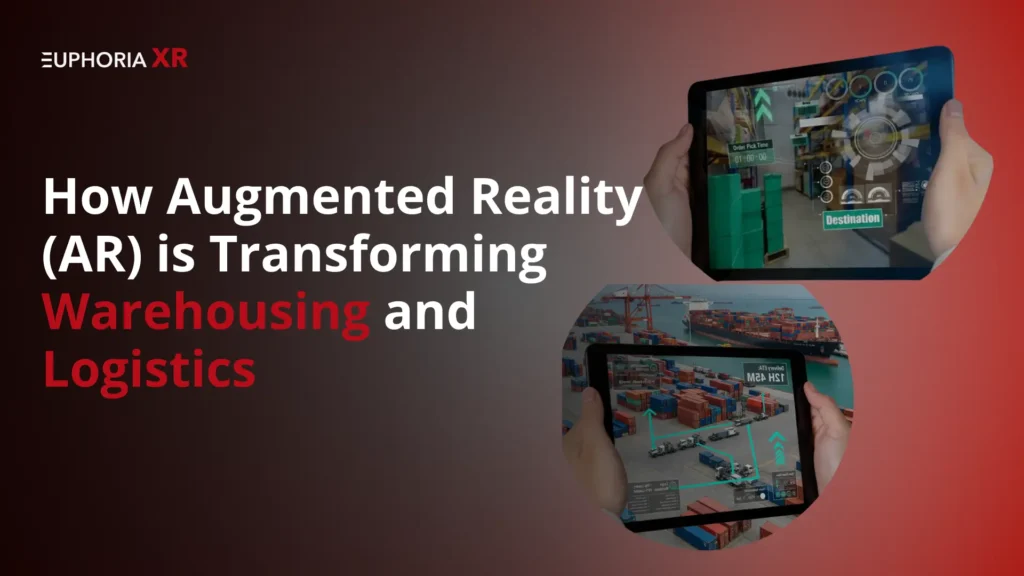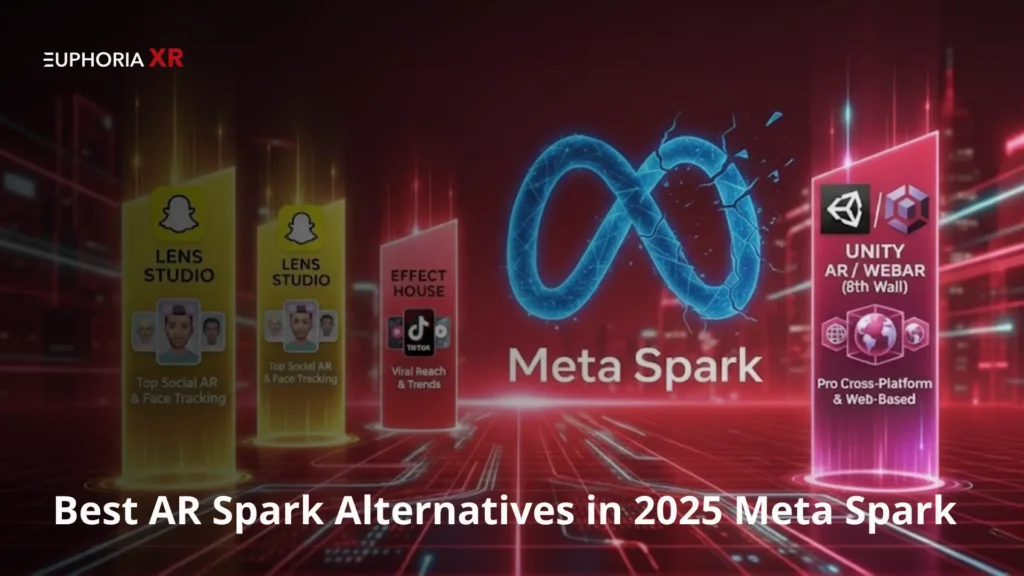What if the future of technology were not about devices that are faster, but smarter, intelligence that knows and adapts to you? That’s the promise of Meta AI.
Artificial Intelligence has emerged as the driver in how we interact, shop, learn, and even entertain ourselves. With growth comes hurdles, bias, scalability, privacy, and ethical use. At Meta, we are working on AI that is powerful, safe, and accessible to everyone by investing billions.
How Meta AI is changing the future. Let us explore how Meta AI is changing the future.
What is Meta AI?
Meta AI is an artificial intelligence research group of Meta Platforms, the parent company of Facebook, Instagram, and WhatsApp. It specializes in the development of AI in fields such as natural language processing (NLP), computer vision, augmented and virtual reality (AR/VR), and responsible AI development. In sharp contrast with numerous other companies that retain their AI development behind closed doors, Meta frequently turns its AI into open-sourced models and research, including such popular models as the LLaMA (Large Language Model Meta AI) series.
Meta AI is focused on an ambitious goal: to develop AI systems that enable billions of people and do it in a safe, ethical, and inclusive way.
A Brief History and Mission of Meta AI
Meta AI was started as Facebook AI Research (FAIR) in 2013. Since its inception, its goal has been not only to make Meta products better but also to advance the entire field of AI science. Mark Zuckerberg has touted AI several times as a key pillar of Meta in the future, along with the metaverse.
Its mission has since gone beyond the social media Meta AI is focused on:
Lead the open research development in machine learning and deep learning.
Create responsible AI systems to establish fairness and less bias.
Design instruments that are used by billions of users within Meta platforms.
Find out how AI can be used to change the workflow your business goes through.
The Evolution of Meta AI in Artificial Intelligence
Over a little more than 10 years, Meta AI has transformed into a research-to-deployment powerhouse in artificial intelligence. Meta AI has its research labs in the U.S., Europe, and Asia and has been placed with competitors such as Google DeepMind, OpenAI, and Microsoft AI.
Its development can be viewed in the following three stages:
Foundational Research (2013- 2017): Early contributions toward deep learning and neural networks.
Scalable AI (2018-2020): The release of PyTorch (now one of the most widely used AI frameworks).
Open-Source AI and Metaverse Integration (2021-present): Publication of LLaMA, generative AI tools, and AI-enhanced AR/VR.
Early Beginnings in AI Research
Meta made its initial AI-based developments due to the basic research in image recognition and machine translation. As one example, its earlier computer vision models assisted in automating the tagging of people in photos on Facebook.
This spelled out a basis for more modern systems, artificial intelligence capable of not just recognizing but also comprehending situations, language, and interaction with humans.
Breakthroughs in Neural Networks and Machine Learning
Two of the largest contributions of Meta AI are:
PyTorch (2016): Now a second popular deep learning framework that is being used by researchers across the globe after TensorFlow.
LLama Models (2023-2024): Open-source language models, which either match or surpass several proprietary alternatives.
AI Moderation Systems: Meta documents show that AI now identifies more than 95% of hate speech before it is flagged by humans.
These breakthroughs demonstrate that Meta is not only developing AI in-house, but it is also creating the AI research field as a whole.
Current AI Innovations at Meta
Meta AI is a leader in its field today in several areas:
LLaMA 3: This model rivals GPT-4-level models and is open-source.
Computer Vision: Advanced recognition tools of AR/VR and safety.
Metaverse AI: Custom avatars, 3D worlds, and VR/AR.
Brain-to-Text Research: What the early experiments can tell us about converting neural activity to words.
AI to Smart Devices: AI-powered Smart glasses, Ray-Ban smart glasses, to voice assistants.
Meta has proceeded to invest tens of billions of dollars annually into pursuing AI research, an indicator that AI is not a feature, but is the DNA of Meta.
Meta AI Research and Developments
Meta AI has emerged as an AI powerhouse and has advanced the field of AI in language comprehension, computer vision, and AR/VR functionality. The research inside the company is not only academic, as the company is fueling products used by billions of people, as well as releasing into the global AI community.
Natural Language Processing (NLP)
Communication between human beings rests on language, and so Meta AI is making machines have a better understanding of language.
LLaMA: Large Language Model Meta AI
In 2023, Meta introduced LLaMA (Large Language Model Meta AI), an open-source alternative to larger models, such as GPT. Meta also did not position itself like many of its competitors, which meant that their offerings were based on efficiency and accessibility.
Released in 2024, LLaMA 3 can be said to be one of the most powerful open-source language models.
Researchers gave it a commendation because it was smaller, more efficient, and easier to leverage by universities and startups without requiring enormous computing expenditures.
Meta claims that LLaMA democratizes AI research by offering free access to state-of-the-art NLP tools to developers around the world.
Conversational AI and Chatbot Systems
Meta is also developing AI chatbots that would operate in Messenger, Instagram, and WhatsApp. These chatbots do not address simple questions only; they are capable of chatting in various languages, supporting purchases, and making personal recommendations.
In a report released in 2024, Meta was experimenting with Instagram accounts that used AI to enable users to play with themed characters. This demonstrates how conversational AI is leaving the realm of Q&A to become conversational digital companions.
Improve client interactions with the help of our innovative AI Chatbot Development Services that assist your customers 24/7.
Computer Vision with Meta AI
Computer vision describes how machines perceive the world, and Meta AI applies this technology to safety, as well as immersive applications.
Image and Video Recognition using Machine Learning
The vision models that are trained by Meta AI can analyze billions of videos and images on any given day. They are applied in:
Identify dangerous or deceptive information.
Minimize misinformation and spam.
Automatically frame captions for the disabled eyes.
According to the transparency reports published by Meta, more than 90 percent of policy-violating content is already identified by the AI before it is reported by users. This is evidence of just how instrumental computer vision has become in moderation and safety.
Augmented Reality Applications with Computer Vision
AR filters, avatars, and interactive tools are also run using vision research done by Meta. For example:
Instagram AR effects make use of Meta AI object detection in real-time.
The AR try-on functions enable showing the virtual image of glasses, makeup, or clothes.
Filters developed on the Meta Spark AR platform are used by developers to reach millions of people every day.
Meta AI is using computer vision and augmented reality to make social platforms a creative 3D world.
AR and VR with Meta AI
Meta AI lies at the core of the metaverse, where Augmented Reality (AR) and virtual reality (VR) merge the digital and physical scenes.
Realistic Virtual Environments in the Metaverse
Production of immersive space needs AI that can create a 3-dimensional, life-like environment. Meta AI builds models capable of producing lifelike avatars, dynamic lighting, and spatial sound.
For example, Meta Horizon Worlds is using AI-driven rendering to create a more realistic environment.
It also enables real-time interaction, so that avatars can behave like humans.
A 2024 Meta research paper indicated that the use of AI-enhanced avatars boosted user engagement by 30 percent above those used previously, which did not personalize avatars.
AI-Driven Personalization in AR/VR
It is personalization that makes the metaverse distinct. Once environments have been adapted to user behavior by Meta AI, they will be changed according to that behavior.
AI envisions parties, groups, and actions within VR.
It can use avatars in a way that will suit preferences.
In AR, the concept of personalization implies filters, effects, and tools personalized to the user’s style.
This is to make sure that no two users get the same experience of the metaverse.
Deep Learning and AI Hardware
The backbone behind these experiences is strong, deep learning, and hardware designed with customization.
LLaMA Series and Neural Network Models
LLAMA models from Meta are not solely applied to chatbots, but can also be used in research in AR/VR and personalization.
The efficiency of the new LLaMA 3 (2024) model has the same great result and accuracy, as well.
One can tune the technology to gaming, simulations, or AR assistants.
Make LLaMA open-source: Meta pursues innovation that goes beyond LLaMA.
Custom AI Chips and Accelerators
Meta is developing their own AI processors in order to process billions of daily tasks performed by AI.
In 2023, Meta reported developments on specialist chips that train and execute models quickly at reduced power costs.
This decreases the reliance on third-party GPU vendors such as NVIDIA.
Custom hardware enables Meta to develop its AI platform by leveraging social media, virtual reality platforms, and smart devices.
Consumer AI Technologies
Meta AI is not confined to laboratories only; it is being extended to consumers through AI-powered gadgets.
Smart Glasses Powered by AI
Meta published AI-driven new smart glasses in collaboration with Ray-Ban.
Customers are able to take photos, shoot video, and share to Instagram or Facebook.
When provided with AI assistants, the glasses may be able to translate signs on the go or respond to voice commands.
These eyewear are the initial step of popularizing wearable AI
Voice-Powered AI Assistants
AI voice is becoming part of a more natural interface with Meta platforms.
Meta AI is experimenting with assistants capable of recommending shopping, searching, and scheduling.
In AR/VR, the voice assistants allow working with menus or creating virtual universes without using the hands.
Along with the further development of devices, voice-powered AI may become a standard, like smartphones are nowadays.
Brain-Computer Interfaces and Robotics
Meta AI is not restricted to the work in social media and the metaverse. It is also making investments in frontier research where it has directly linked AI with the human brain and robotics. Such projects might appear futuristic, yet Meta already announced breakthroughs.
Brain-to-Text AI Interfaces
In 2023, Meta scientists reported they had advanced in the goal of translating brain activity to text in real-time. Their readings were up to 73% word accuracy using AI and non-invasive sensors on tests administered with patients.
Why is that important?
It would enable individuals with paralysis or difficulties communicating speech with others to communicate once again.
It opens the gateway to additional accessibility technologies for the millions of people all over the world.
Meta sees this as one step towards turning human-computer interaction more intuitive, one where you do not have to type or talk to be understood.
Humanoid Robotics with AI Integration
Meta is considering ways of how AI and robotics can collaborate. AI-powered robots undergo training to learn in the environment exactly as humans do.
The research concerns the interaction of teaching robots to be flexible in moving through reinforcing education.
Robots will use the computer vision and deep learning of Meta AI to identify objects and navigate a space, and interact safely.
Although the projects remain aspirational, they point to the realm where the robots powered by AI can aid healthcare, manufacturing, and even everyday life.
AI Memory for Personalized Experiences
Probably one of the most ambitious concepts Meta AI has is that of AI memory. This enables systems to have some sort of memory of what they have done in the past with users in order to create more customized experiences.
You can picture a chatbot that knows your preferences, the questions you have already asked, and even the tone of your voice.
In AR / VR, AI memory can remember virtual worlds to your patterns and make experiences different each time you come around.
In its 2024 roadmap, AI memory is at the heart of creating long-time digital companions – companions that feel more human as they learn to understand context over time.
Hire one of the best AI Development Companies to develop future-proof and scalable solutions.
Meta’s Key AI Initiatives
Meta AI is beyond research papers. It is creating practical applications that can reach billions of people on social media, AR/VR, and open source.
Meta AI Chatbot
The AI chatbots have been introduced by Meta on Messenger, Instagram, and WhatsApp.
Such bots help in customer service, entertainment, and daily needs.
In 2024, Meta also released AI characters on Instagram, letting the audience chat with personalities with given themes such as athletes or influencers.
The aim is to help discussions seem normal, risk-free, and helpful.
Generative AI Tools for Creativity
Meta AI is investing even in generative AI.
The text-to-image and text-to-video tools are under experimentation as tools to be used by creators on Instagram and Facebook.
In 2024, Meta started introducing the AI-generated stickers feature, which helps its users make their unique visuals in real-time.
At least based on the company figures, generative AI tools can improve the engagement rates of creators by more than 20 percent.
AI in the Metaverse Ecosystem
The metaverse is dependent on AI. Meta AI is applied to:
Create photoreal avatars
Create 3D virtual worlds.
Power customisation experiences in a way that each user has a sense of uniqueness.
AI can assist in the metaverse scaling through the automatic environment creation and adjusting it to the manner or behavior of users.
Open-Source AI Contributions
In contrast to numerous AI giants, Meta liberally shares much of its work.
The models of LAMA are published as open-source, allowing researchers worldwide.
One of the deep learning frameworks that is popular today is PyTorch, released by Meta.
By opening up its research, Meta establishes trustworthiness and speeds up AI research in the world.
Responsible AI Development at Meta
With great responsibility comes great power. Meta AI is under tight scrutiny, so it has integrated responsible AI into its core pillars.
Addressing Bias in Artificial Intelligence
Bias can be reflected in systems when they are trained with unbalanced data. Meta AI researchers conduct bias detection and fairness audits to prevent this risk. As an example, moderation AI is improved to decrease cultural or language bias among global users.
Promoting Inclusivity with AI Systems
Meta AI is trained on a wide range of data sets that vary across the globe. This guarantees that models will be working satisfactorily across languages, cultures, and communities. Inclusivity is considered instrumental to tapping the billions of users of Meta.
AI for Social Good and Community Impact
Meta AI partners in non-platform projects:
Applications of AI in the modeling of climate change.
Optional devices that show real-time mapping of crises.
Incidentally, they have the potential to contribute to health-related research, including forecasting of disease transmission.
These projects indicate that AI can improve the world to become a better place.
Transparency and Accountability in AI Moderation
Meta releases transparency reports every three months, describing how AI is used to enforce rules about content
In 2023, AI was able to eliminate 95 percent of all hate speech before users reported it.
Making results publicly known, Meta attempts to make them reliable and believable.
Accelerate your projects by hiring experts who can take your project to the global level.
Meta AI Technology and Infrastructure
Behind every Meta AI product is an incredible infrastructure that can support billions of interactions each and every day.
Scalable AI Infrastructure and Platforms
Meta has created what is now one of the world’s largest AI infrastructures.
It trains large models such as LLaMA with thousands of GPUs on supercomputers.
In 2022, Meta announced its AI Research SuperCluster (RSC), which is expected to be one of the fastest AI supercomputers in the world.
This infrastructure enables Meta to be able to process billions of photos, videos, and conversations every day and scale new AI models.
AI Integration with the Metaverse
Metaverse without AI is impossible. Meta AI-powered:
Humanoid Avatars.
3D worlds are ready to respond in real time.
Intelligent suggestions, thus, make users find communities and events within virtual worlds.
AI ensures that the metaverse is not only immersive but customized to the individual.
Open-Source AI Development Philosophy
Meta has made promises to leave a large part of its AI open-source, unlike a lot of other businesses.
Meta later released PyTorch, which is now the most popular AI framework in the world among researchers.
LLaMA models were published publicly, making extensive NLP constructs open to start-ups and universities.
This philosophy not only solidifies the image of Meta as a strong party in terms of research but also boosts innovation within the environment of global AI.
Challenges and Future Outlook of Meta AI
However, despite the success achieved, Meta AI has a number of challenges that may define it in the future.
Technical Hurdles in Artificial Intelligence
Big models are very energy-intensive and computationally expensive to train.
Not only does the use of AI systems require a lot of electricity, but the question of sustainability also comes to mind.
Another challenge is the scalability of AI to these large numbers of users with minimal latency.
Meta is addressing it by putting money into energy-efficient chips and distributed computing environments.
Ethical and Regulatory Considerations in AI
Governments are enacting various rules on the use of AI to govern privacy, safety, and biases.
Companies such as Meta are in the spotlight of the EU AI Act and the policies of the United States.
That includes problems such as deepfakes, misinformation, and algorithm bias, and it is a critical topic.
Meta has to play a balancing act of innovation versus compliance, where the development of AI is not driven at the expense of trust.
Meta’s Bold Investments in AI Development
Meta is making huge bets on AI.
In February 2023, Meta said it was planning to invest billions yearly on AI research, chips, and infrastructure.
The future of Meta has now been referred to as being based on AI and the metaverse.
According to the CEO Mark Zuckerberg, the next decade of innovation will be led by Meta AI.
The Future of Meta AI Research and Innovation
Going forward, Meta AI is projected to:
Extend the LLaMA series to the more advanced open-source models.
Go further with generative AI to create content.
Become a leader in the personalization of AR/VR with the metaverse.
More developed brain-computer interfaces could revolutionise accessibility.
It is not only the technologies of the future of Meta AI. It is about influencing the interaction of the billions of individuals in digital spaces in safe, creative, and personalized ways.
Ready to go? The opportunities are endless, and it is time to create your next AI-enabled solution.
Conclusion
Meta AI is defining the future of AI with open research, large language models such as LLaMA, AR/VR, and personalization. It does not just work on social interfaces but also focuses on ensuring that AI becomes available, accountable, and beneficial to billions of individuals across the globe.
Despite the issues of bias, regulation, and scalability, Meta invests aggressively in AI, which is why there is a clear indication that AI will be the backbone of its future. The path forward is obvious; then, Meta AI will still be pioneering an edge and changing the world of interaction with technology.

